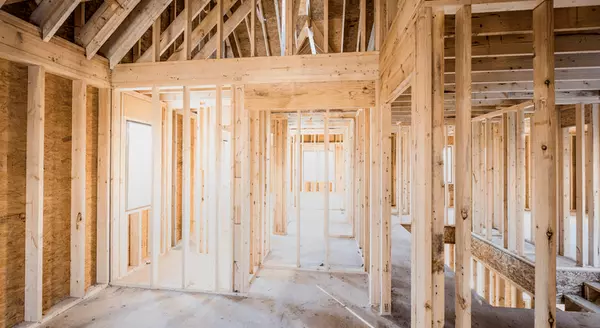101st Airborne Division demonstrates new 3D-printed drones in training at Fort Campbell | VIDEO

FORT CAMPBELL, KY (CLARKSVILLE NOW) – As the 101st Airborne Division continues its division-wide training exercise, it is not only sharpening combat readiness but also testing new military technology such as 3D-printed drones, autonomous systems and advanced communications tools – all designed to help soldiers stay ahead of threats.
The Army recently launched the Transformation in Contact (TIC) initiative to improve how it operates, especially in the areas of technology, structure and capabilities. “It’s hard to believe that it’s only been a year that we’ve been doing this,” Maj. Gen. Brett G. Sylvia told Clarksville Now.
Video by Wesley Irvin
TIC brings together several efforts across the Army, including changes in its structure, modernization of equipment, and taking up new systems. One big change is the shift away from manned reconnaissance in favor of unmanned systems, such as drones. The 101st is also testing new units like mobile Infantry Brigade Combat Teams (IBCTs) and the Infantry Squad Vehicle, which helps infantry soldiers move more quickly and efficiently.
New tech in recent conflicts
Sylvia pointed out that recent conflicts like the war in Ukraine and the Israel-Hamas battles have shown how quickly new technology is being developed. “We realized there was a ton of emerging technology that was all of a sudden becoming available,” he said.
A big part of TIC has been using and defending against unmanned aerial systems (UAS), or drones. While drone technology is improving quickly, counter-drone systems are taking longer to develop. “The counter-UAS piece is moving very slowly,” Sylvia said.
DOWNLOAD THE APP: Sign up for our free Clarksville Now app
However, the most exciting advancements aren’t just new hardware. “If you ask me, what’s most exciting about (TIC) in terms of emerging tech is not necessarily new pieces of hardware, it’s the software capabilities that exist out there.” Soldiers can now 3D-print drones on-site, customize them for specific mission needs, and deploy them immediately.























New ideas from digitally savvy soldiers
New software is quickly changing the way the 101st Airborne Division operates. Sylvia spoke about the role of young, tech-savvy soldiers, saying, “I’ve got a formation full of digital natives out there who are incredibly smart and incredibly innovative.
“For just dollars, you can get a Raspberry Pi, you can get a battery pack, and then now you can do all kinds of things with the software that you can put on board there.” These small, affordable systems have a wide range of uses, from drones to decoy emitters. Sylvia shared an example from a training exercise where soldiers used these emitters to trick the enemy. “They turned off all of their stuff, they dropped all of these emitters, and then they repositioned. When the enemy’s opening barrage went out, it struck where all those emitters were, and that new formation was in a place that the enemy was not expecting,” he explained.
NEW TO CLARKSVILLE? Check out our Newcomer’s Guide
AI-powered detection is helping soldiers find hidden threats. Sylvia described a situation where a drone flew over an area and a soldier looked over the footage and saw nothing unusual. “They came back, they took that feed, they ran it through the AI, and then the AI came back and said there’s an enemy vehicle located at this location.” The AI was able to detect what the human eye missed. Some software can even identify the exact type of vehicle, making it easier to respond quickly. AI and machine learning is cutting the response time from around 15 minutes to under 1 minute.
3D printing drones
“We still don’t necessarily have a budget. … We’ve been operating under a continuing resolution,” Sylvia said. Despite these challenges, the 101st has found ways to innovate with limited resources.
One of the biggest achievements has been the creation of 3D-printed drones. “We 3D printed 105 of our own small UAS’s. … We could only get about 20 or so of those UAS’s with the money that we were given,” Sylvia said. These UAS’s are cheaper and quicker to produce, and easier to repair than traditional systems. “Guys fly the UAS’s, they crash them and then they just print another one. … We can print one in about 18 hours.”
The Army is working closely with private companies to test and develop new technologies. Many of these companies are investing their own money to help integrate their innovations. “There are a bunch of partners who have determined that, many of them on their own dime, to come out here and integrate with us and bring their new capabilities,” Sylvia said.
Looking ahead
Sylvia is convinced that while higher end UAS’s are still needed, the soldiers’ ability to 3D-print their own drones quickly and at lower costs will improve battlefield operations.
“This is the future, we believe that. Instead of going back to the enterprise and buying some of these other higher-end UAS’s, we’ll be able to print these ones, and that that should be the method that we move to in the future.”
MORE: News about the 101st Airborne Division and Fort Campbell
Categories
Recent Posts











